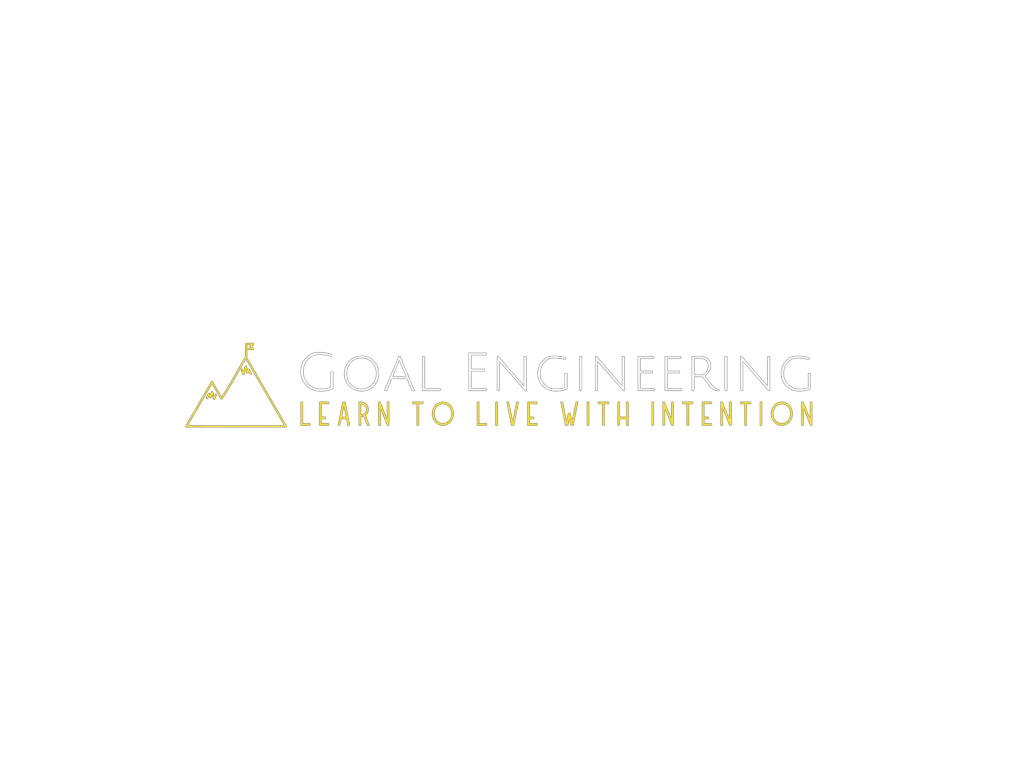So you’re wondering how to prioritize your life, huh? You’re probably having a hard time saying no to the wrong things and yes to the right ones. Or maybe you feel unfulfilled and aren’t quite sure why. Whatever it is, you want to learn this vital skill so that you can use it to succeed, like some of the greatest people in the world have done.
Prioritizing your life comes in two parts:
- Find out what you value most and order them by importance.
- Set boundaries to give your top priorities the most attention.
I’ve discovered an interesting secret about prioritizing though that makes it a whole lot easier. It’s a truth that will give you relief whenever you worry about whether or not you’re prioritizing the right things.
But first, let’s get into some definitions of these words to understand it even better!
Word Math: How to Prioritize Your Life
Prioritize, according to Google, means to “designate or treat (something) as more important than other things.” Another definition it gives is this: “determine the order for dealing with (a series of items or tasks) according to their relative importance.”
If we put these together with our original phrase, we see that we’re trying to figure out how to designate or treat certain aspects of our lives as more important than others. In simpler terms, we need to ask ourselves two questions:
- Which aspects of life are more important than all the others, and which things fall immediately second to those?
- How do we maintain that order once we’ve found it?
Some common synonyms of this word include set up, arrange, itemize, list, and organize.
If we substitute some of these synonyms in, we some interesting new phrases like “how to organize your life” or “how to arrange your life.”
I particularly like the word “organize.” It makes me think of putting things into certain buckets, which, as you’re about to see, is how easily I prioritize my life.
Step 1: Finding Your Priorities
The first thing you must do to prioritize your life is discover what your values are. This lets you organize it into “buckets.” Then you’ll be able to sort them in order of importance, so you always know what to put first and last.
To figure your own priorities out, follow these steps:
- Make a list of everything you do on a typical day. You don’t need to go into great detail; just write down things like “get ready for the day” or “play a game on my phone.” If it helps, think of what you did yesterday.
- Categorize each item as one of the following: Faith or Personal Development, Family or Friends, Finances, and Fitness. I put the word “or” in some of those because depending on where you are in life and what you value, those might be different things.
- Ask yourself, “do I value this category or activity?” and record your answer for each one you’ve listed.
- Order each category by importance to you from 1 to 4.
You can run through this as much as you want to discover what you want to put first in your life. Experiment with what works and keep trying until you’ve nailed it down in a way that feels right for you.
It’s also helpful to do this same exercise within each of the categories I mentioned in step two above.
The “Finances” bucket, for example, can include money, education, and career. Each of these three might take precedence over the others at certain times in your life. And even within them, you’ll want to establish which tasks and projects are most important and which aren’t.
Setting The Right Priorities Unlocks the Power of Synergy
If a single horse can pull about 8,000 pounds, how much do you think two can pull? If you said 16,000 pounds, you’d be wrong.
By working together, two horses, if trained, can carry 32,000 pounds!
When you prioritize your life well, each one of your priorities can have this same effect on the others. Another word for this is synergy.
This is the big secret to how I prioritize my life. I’ve been doing this for 15 years and have discovered that my core values, in order of priority, are as follows:
- Faith
- Family
- Finances
- Fitness
I’ve kept it this way for so long because of the synergy I get when I do it like this.
Strengthening my faith increases my love for my family, improves my ability to make smart financial decisions, and encourages me to keep my body healthy.
By focusing on my relationships with my family members, I find purpose and meaning in my work, or financial life, and taking care of my physical health, or fitness.
When I recently became financially free, I had more time with my family. It was easier to eat healthier and exercise because I could buy better food and exercise equipment. And having a career that I enjoy helps my faith by giving me a more purposeful life.
And finally, as I improve my fitness by balancing diet, exercise, and rest, I’m more productive at work and have the energy to take care of my family and do the work I do as part of my faith.
This is just the tip of the iceberg when it comes to how each of these four priorities builds on and supports one another. Try focusing on them yourself to discover the power of synergy in your own life.
Step 2: Setting Boundaries to Give Your Priorities the Most Attention
Phase one will take you only a few days or weeks, if you want to be really in-depth with it. But this next part will be a lifelong effort that will take some figuring out to get right.
You need to set boundaries, or rules, to determine if you will do certain things. There are two types to be aware of for your priorities.
The first is the boundaries you establish with other people. This means promising yourself to say no when someone asks you to do something that goes against your priorities.
The occasional exception, like going to breakfast for someone’s birthday, is okay. But if an invitation would consistently interfere with your priorities, say no.
I like to ask myself, “if you say yes to this, what are you saying no to?” It’s useful because whenever an opportunity comes up, we usually have a difficult time recognizing that every “yes” has a “no” hidden behind it.
If you want to be intentional with your time so that you can become successful, you must say no to some good things so that you can focus on the best ones.
To determine if something will interfere with your priorities, get into the habit of asking yourself if it does. Will saying “yes” to this compromise your faith or personal development? What about your relationships with your family members? How will it affect your finances or fitness?
Single events might not always be a problem. But it’s a good idea to get into the habit of asking yourself the questions anyway, even if just briefly.
When longer-term opportunities arise, however, it’s best to consider the long-term effects of your decision. Some will have no negative impact on your priorities, but you can’t know that until you ask yourself!
How to Set Boundaries With Yourself
The other kind of boundaries are those that you set for yourself with yourself. It means that if you promise to do something at a specific time, you’ll do it. It also involves focusing first on what will make the most difference in your goals, rather than just doing something for the sake of staying busy.
This is where we go from talking about priorities to having a conversation about productivity and focus.
Here are a few simple tips to help you focus:
- Try the Pomodoro Technique by concentrating for a short time, like 20-minutes, taking a 5-minute break, then repeating. Gradually increase the time you focus to improve.
- Use apps like Forest and StayFocused to block distracting websites. Hint: these help you use the Pomodoro Technique!
- Get rid of your Facebook news feed with Facebook News Feed Eradicator.
- Plan a few hours each day that you’ll put your phone and computer into do not disturb mode. Don’t forget to block email, too! I prefer mornings for this, but do whatever works best for you.
Although productivity is usually something we bring up when it comes to work, it applies to all the other aspects of life as well. It takes focus to exercise when you say you will, or take your kid out for a hike, or whatever it is you’ve said you’re going to do.
You can make it more likely that you’ll stick to your priorities by making it easy to begin doing them. Make sure that it takes you less than 20 seconds to start doing whatever you’ve planned to do.
This could mean sleeping in your workout clothes and putting your shoes by the side of your bed, for example. Brainstorm ways to apply this in all aspects of life, and you’ll be sticking to your priorities in no time!
If You Want to Be Great, Prioritize Your Life
Prioritizing takes effort, but it’s worth it to live an intentional life. It brings the kind of focus that only the best people in the world have.
Think about Warren Buffett, who prioritized becoming a great investor and became one of the wealthiest people in the world. Or Michael Phelps, who prioritized becoming an Olympic gold medal winner.
Anyone you admire for their accomplishments got to where they are by finding their priorities by saying no to almost everything else.
The greatest people have laser-like focus only because they know what they value and set boundaries to keep those things a priority.
If you want to become like them, you need to learn how to prioritize your life as well. It might take some work, but putting in the time to find out what you value and establish some solid boundaries to keep those things at the forefront of your mind will make you reach your dreams in ways you never imagined possible.





